Last week was a busy week with a foraging class, a Greek festival and my birthday all on the same day. But what was really interesting about the day is that the Port Orange class location has hollies. It’s the only place where I see all four local hollies at the same time. It’s also the absolute southern end of the American Holly, photo above. The northern end is in Massachusetts. That’s the holly they used to make Christmas wreaths. In fact they still make wreaths out of them but now they also get sprayed with preservatives and the like so you can’t make tea out of your wreath like you used to. However, one traditional use for the pointy American Holly was to take that wreath after Christmas, tie it into a bundle and use it to scrub out your chimney.
Locally there is the Yaupon Holly, the Gallberry, the Dahoon Holly, and the American Holly. There are other hollies in the state but they are far away. Of the four local hollies only two are used to any extent as tea, the Yaupon and Gallberry, Yaupon with caffeine and Gallberry without. In fact near where I hold the class there is a new company selling Yaupon Holly leaves for making tea called Yaupon Asi Tea. Yaupon tea not only has caffeine — the most of any North American species — but has anti-oxidants as well. To read about the Yaupon Holly click here.
The immediate past weekend took me south to both coasts of Florida, Port Charlotte and West Palm Beach. While at similar latitudes I always find it interesting that the seasonality of edible plants differs by a few weeks or more between the two locations. This is also why a foraging book written for a national audience might have seasonal times that are wrong for your area. That is also why local foraging information is important. There were still a few coco-plums on the west coast, none on the east. Pellitory was more advanced on the west coast as was Poor Man’s Pepper Grass. We also saw some cress in Port Charlotte, none in West Palm Beach. You can read about the little Mustards here and here.
One can always find something new in an old place. I’ve had many classes in Port Charlotte and know what to to see and expect seasonally. We were walking past a familiar area when someone asked “what’s that?” Like seeing someone out of context it took me a while to make sure. It was one of the Annonas, Annona glabra, which one doesn’t see too often (not at all mid-state but common in south Florida and also in northern Australia where it is an invasive of huge concern.) The Pond Apple, aka Alligator Apple, was growing exactly where one would expect to find it, near brackish water. It was in a neighborhood drainage ditch often flooded by the harbor… not exactly a wholesome location for edible purposes. Of the four Annonas found where it rarely freezes the Pond Apple is the least edible, another reason why it is not on my radar. It is however a significant medicinal plant. To read about the Annonas go here.
On the way to West Palm Beach, a nearly straight shot across the state skirting the south side of Lake Okeechobee, Wild Mustard was in full bloom. This is agricultural ground zero of the state raising corn and sugar cane depending upon the season. Flat level, one can literally look in all four directions and see nothing but “tall grass” and roads to the horizon. The mustard was not only an unusual spot of color in the sea of green but interesting to see because half a state away where I live wild mustard is uncommon but wild radish is very common. While different species they are used the same way. Both have the tell-tale flower of four petals with six stamen, four tall two short. Unlike the rough radish the mustard leaves are smooth (or some species rough as well.) I pulled up a couple of specimens to take with me for class. In West Palm Beach the Pellitory was just starting to grow and we also found some late season Simpson Stopper berries. To me they taste like orange peelings. The coco-plums were past season and the Seagrapes were almosts done as well. We even managed to find a few Pigeon Plums to try, also called Dove Plums because they attract doves. Some Bauhinia blossom were in reach whereas some Pandanus fruit were past season.
Don’t forget about the Florida Herbal Conference this February 15-17 and the discount you can get by signing up early and by using the code EATTHEWEEDS. If you register by Dec. 15th and use EATTHEWEEDS that’s a 20% discount. Conferences are so educational and rewarding. You have access to high-quality information and teachers who are experienced at making it enjoyable and understandable. You also spend a few days around other similar-minded folks so you don’t have to explain yourself. You become the majority. For more information and to sign up go to: Florida Herbal Conference.
Three years ago — has it been that long? — I did a show for the local PBS station, WMFE. It was about foraging for Thanksgiving. That feature became the most listened to broadcast of that show and was rebroadcast at Christmas. Since then it has been a seasonal staple. What I did was visit the station a few days ahead of time and looked at the edible plants around the property. Then I planned to make mint tea (article here, video here) and persimmon bread (article, video 01, video 02.) If you want to listen to the broadcast it is here. It is a little difficult to load.
With turkey day upon us note that the Thanksgiving pilgrims did not wear tall hats and white kerchiefs. Those were the Puritans, at right, the same folks who thought buttons were a sign of vanity. They used hooks and eyes. If zippers had been invented then they surely would have been decadent. The Pilgrims wore whatever — a mishmash of clothes — and ate whatever, a mishmash of food. They were hodgepodge in appearance and diet. If it weren’t for the foraging and agricultural skills of the natives in the area the Pilgrims would not have survived. Whether they ate turkey that first thanksgiving is a matter of debate. Back then the word “turkey” meant any large fowl, so it could have been a goose. More so the culinary history of the turkey is a bit more convoluted. It was a scrawny North American bird taken to Europe where over a century or so was bred to be large and fat. Then it came back to America to be the mainstay of Thanksgiving and an icon. Yes, the archetypal symbol of the All-American holiday is a European innovation.
The Pilgrims themselves credited one native food without which they all would have perished, the pumpkin. It was the one food that made the difference. Was it by chance there were pumpkins at Plymouth? Today we think of the past native population as a single people but they were not, and pumpkins were more a crop of southern tribes than of the north or even Midwest tribes. Even in the north pumpkins made it only to about Pennsylvania yet there they were in Plymouth and without which the Pilgrims would not have survived. Quite a coincidence. To read more about the Seminole Pumpkin click here.
Botany Builder #21: Here’s how to tell various members of the conifers apart. Pines have one to five needles wrapped by a thin membrane at the base. The average number in a bundle and length help identify the species. Larches (or Tamarack and Hackmatack as we called them) are conifers but also drop their needles. They’re naked in winter. Larches have bright green needles arranged in a spiral at the branch buds. Spruces have sharp pointy needles like some junipers except spruces are trees and pointy junipers are low growing. Look for a tree with sharp pointy needles. Firs have furry needles. Easy to remember. Hemlock trees have short, flat, blunt needles with short stems. I grew up splitting wood by hand for two stoves in the hours and I hated splitting larch and elm. Both twist when they grow making splitting a nightmare of sledge hammers and wedges. Straight-grain wood such as the ash cleaves with one hit of the ax. Some white pine would split easily, too, but not always…
I’ve never met anyone named Isabell. So when the word “isabelline” cross my optical path about plants I had to look into it. “Isabell” means “God’s promise” presumably a positive one. It was very popular girl’s name in the 1880s, all but disappear until 2003 whereupon it had a resurgence in popularity until 2007. Now it is on the wane. But what is isabelline? There are three application of which I have also apparently never heard of. One is what we could call Spanish Gothic architecture. Ferdinand and Isabella got Columbus launched then turned to building cathedrals and the like. That style is called Isabelline, properly capitalized. I’m surprised they didn’t called it Ferdinine. The second use is a color: Isabelline. A color? Yes, and the word has been in use for at least 400 years so it is not a paint-store invention like “Baby Fawn.” Isabelline means a light yellow-gray, used mostly to describe mushrooms and animals. There is the Isabelline Wheateater, see above right, the Isabelline Shrike, the Isabelline Bear. Horses that are a cross between a Golden Palomino and a Champagne Palomino are also called Isabelline. Now, what of the third use? Well… Ahem….Isabelline is also a reference to faded underwear. The story goes that when Philip II of Spain laid siege to the berg of Ostend in 1601 his daughter, Isabella, Archduchess of Austria, made a rather presumptuous vow not to change her underwear until the city was taken, thinking dad would be home by supper. Unfortunately for Isabell — and those around her — the siege took three years.
To donate to the Green Deane Newsletter click here.

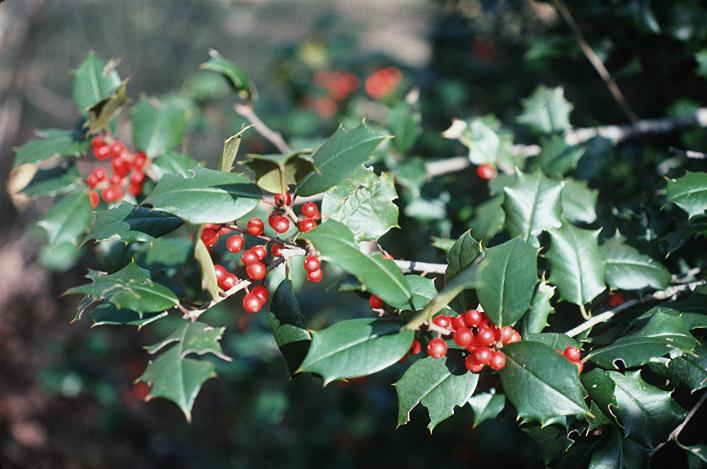
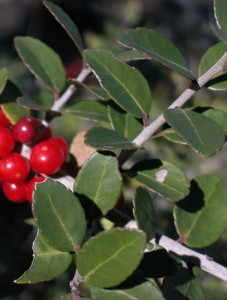
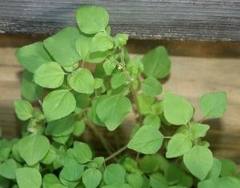
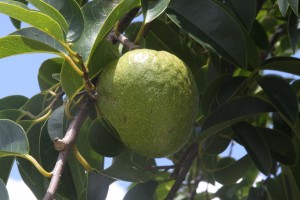
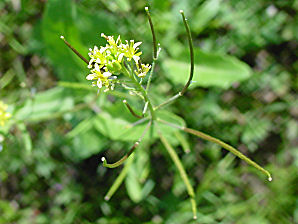
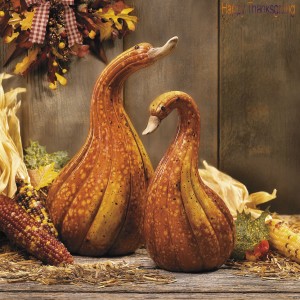
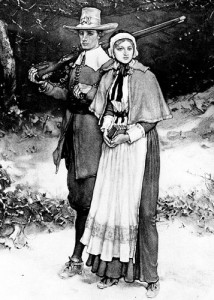
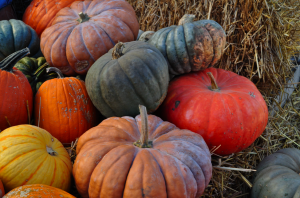
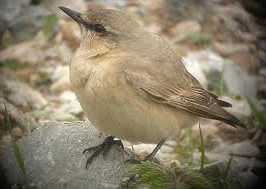

Happy ‘B’ day : )
A fellow Scorpio I see
This was the first year…that I can recall…that I woke to 3 feet of snow
A Nor’easter left a gift 4 me
Hope yours was warmer
P
A yard of snow… dat’s why I moved south…
I grew Seminole pumpkins for many years, but lost it when the crossed off w calabasa….Does anyone have pure seeds???
speaking of wood chopping, i just stayed at a motel across from a
mountain of firewood in pasadena, ca. i once made one about a third this size with a lickety splitter.
https://maps.google.com/maps?f=q&source=s_q&hl=en&geocode=&q=3474+Colorado+Blvd,+Pasadena,+CA&aq=0&oq=3474+colorado+blvd,+pasadena&sll=27.698638,-83.804601&sspn=11.386377,21.643066&vpsrc=6&ie=UTF8&hq=&hnear=3474+E+Colorado+Blvd,+Pasadena,+Los+Angeles,+California+91107&ll=34.146566,-118.081725&spn=0.000209,0.00066&t=h&z=21&layer=c&cbll=34.146566,-118.081725&panoid=SnPi58n5-asuEL8WpLc0Lg&cbp=11,272.53,,0,0
Hi Dean,
The link doesn’t work for me. I went to the main sight and searched under several choices without success as well. (eattheweeds, greendean, dean, even the tape #112409 showing on the link.) I’d like to hear your talk if possible.
Any ideas?
Thanks! Connie
On the main site it is on the page: https://www.eattheweeds.com/media-interviews-with-green-deane/
Greetings Your Greenness and a happy belated birthday.
You’re killing me here with the underwear story. Best laugh all day!
Have a good Thanksgiving and hopefully will see you soon. Fran
Happy Birthday!
re: Hollies
i have read that the South American herbal drink, Yerba Mate-i don’t know the scientific name-is a member of the Holly family. interestingly, i have read there are many methyl xanthines in the Yerba Mate plant, including traditional caffeine as well as theobromine, a bronchodialator (good for asthmatics) and sinus clearer..
personally, i have enjoyed this drink greatly using it in the Argentinian fashion, and benefit from its caffeine content (my drug of choice); when i am under the weather, its alkalinity relative to coffee means i can still drink my daily cuppa 🙂
Yerba mate is Ilex paraguariensis.
That’s a really good picture of you that came with the newsletter email.
Alas, I was not able to download the broadcast. But I enjoyed your most interesting and informative newsletter, as always. Like your new photo. I would like to also add my voice to those wishing you a belated Happy Birthday. HAPPY BIRTHDAY, Deane and many more happy years of teaching and foraging.
Good days and happy birthday Green . It is said : the state of ones life is only a reflction of his state of mind ; but let me add “and stomach ” ; I may start commenting on pumpkins which is my favourite meal when cooked with lamb meat and spices . Oh , how blessed the plant is ; the story of prophet Younus ( Jonah ) son of Metta as narrated in Judaism , Christianity and Islam will remain for ever a guide of how God rewards those loyal and good worshipers to Him . He was thrown in the sea , swalloowed by the whale ( or big fish ) but kept alive inside and praying . God answered his call from inside and saved him by making the fish cast him out onto dry land with state of sickness . God caused a plant (pumpkin ) to grow where Jonah was lying to provide shade and comfort for him . Now well and recovered , God sent his prophet Jonah back to preach his people . My state of mind is now on the lovely name ” Isabella ” – lovely to the extent that my youngest son – unmarried – made a ” promise ” that if a child is born to him after marriage he will call Isabella . Myself , I saw Isabelline Wheatear on this issue I remembered a lullaby called ” Um Gairudoon ” – local name for a black-eared wheatear Oenanthe hispanica . It describes the wheatear as a pilgrim and ” her ” son as a bridegroom in the center of a dancing party . Indeed this shows how happy my people here in Khartoum ( and other parts of Sudan) feel on hosting those palearctic migrants or pilgrims in winter . These include black-eared wheatear Oenanthe hispanica , Desert Wheatear Isabella and Pied Wheatear O. pleschanka ( Refer to htt://www.africanbirdclub.org/countries/sudan/hotspots..html ) . A question if you wont mind : White wag tail is Motacilla alba . Has ” alba ” any relation to “alba ” in Bidens alba ? Best regards .
“Alba” means white, nothing more. The genus is like the famiy name, and the species name is like a person’s first name. A lot of plants have “white” for a name. Said another way Bidens alba’s name is Whitey Two-toothed.